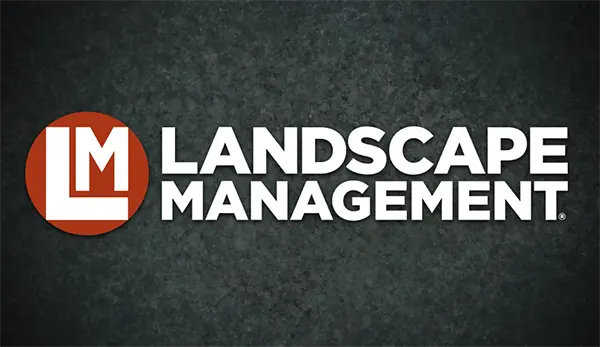There wasn’t a specific theme for National Association of Landscaping Professionals‘ (NALP) Design/Build panel session during this year’s Landscapes conference, held in conjunction with GIE+EXPO, but it seemed there was one thing on everyone’s mind: growth.
Five CEOs from design/build+installation companies all over the country fielded questions about business growth during the well-attended forum, which was moderated by John Janes, sales & marketing at Caterpillar.
Here are some of the top takeaways from the session:
Moderate your growth
When asked for some key actions that would take a small company to the next level, Jason Cromley, owner of Hidden Creek Landscaping in Hilliard, Ohio, recommended hiring an operations manager.
“You can never grow if you’re doing the operations, you’re doing the selling, you’re doing the estimating,” he said. “No matter what size you are, the operations manager is your right hand that gives you the ability to go on vacation knowing there’s someone there to keep things getting produced.”
But growing your business doesn’t mean you should hire someone just because you can. Mike Hommel, founder and president of Designs by Sundown, Littleton, Colo., cautioned against hiring people without serious planning and consideration.
“There’s going to be a point when you ask yourself, ‘How big do I want to be?’” he said. “You have to moderate your growth with what the organization can hold, and you have to put key individuals underneath you with the capacity to learn.”
Know your strengths and weaknesses
Before you hire a new team member, it’s best to evaluate your current strengths and weaknesses and hire where you’re lacking.
Burt DeMarche, president of The LaurelRock Co. in Wilton, Conn., explained that his detail-oriented controller and operations manager are key people at his company. Allowing his employees to play to their strengths allows him to ask questions and see things that they might not have seen.
“I try to bring energy and they bring order,” he says. “Together is when we’re most effective.”
John Puryear, president and owner of Puryear Farms, Gallatin, Tenn., said he tends to be too thorough and detailed. Earlier in his career, he would hire people with similar traits, and then would ultimately be disappointed when they didn’t meet his expectations. He encouraged design/build professionals to identify their weaknesses, and find people who are strong in those areas.
“It’s only in recent years that I’ve learned that the best music is made by an ensemble of different instruments, and it takes all of them working together to create harmony that creates a work of art,” he said.
Take care of your clients
The numbers are often the biggest concern for landscape business owners—but it’s just as important to remember the basics, such as customer service.
Taking care of clients is key, according to Barb Stropko, owner and vice president of New Desert Gallery in Tucson, Ariz.
“(Clients) all talk, then it becomes referral, referral—and what’s great is that (those clients) want the same, but better,” she said. She added that when you listen to clients, make them feel important and make an effort to be personable, they’ll come back and support your business.
Plan ahead
Looking ahead to the future was a major concern of the CEOs on the panel. Several agreed that supplementing their design/build revenue with more maintenance work is a smart move. Larger concerns also came up for discussion.
“The biggest opportunity and also threat, is automation,” said Puryear. “I also believe that advancements in automation will be the largest driver of income inequality that we’ve ever seen. There will be people left behind.”
He stressed that business owners should take every opportunity to give their people the best possible training, to prepare them for this upcoming shift in the workplace and in the economy.
Grow the industry
The conversation turned toward the growth of the landscape industry, and Hommel said he didn’t believe that the industry was doing what it should to increase awareness of career opportunities.
He discussed NALP’s Industry Growth Initiative (IGI), aimed at helping grow the industry and the workforce through strategic public relations and media efforts. Janes called for a show of hands in the room for those who would donate at least $50 to the IGI, and most people pledged their support.
Crowley encouraged everyone present to do their part.
“There’s not enough buy in amongst a lot of us here,” he said. “We don’t want to share how we hire and we think, ‘That’s my little secret.’ Even if people come into the industry and don’t come to your company, that is a win. Because they are in the industry, and that is huge, because people don’t know how great this profession is.”

